Red light therapy is gaining popularity as an effective treatment that uses low levels of red and near-infrared light to promote skin health, muscle recovery, and overall wellness. Whole body red light therapy offers benefits beyond localized treatments, making it an appealing option for those looking for an at-home device to enhance their well-being. This article explores the effectiveness of red light therapy, its applications, and what you need to know before incorporating it into your routine.
What Is Whole Body Red Light Therapy?
Whole body red light therapy involves exposing parts of your body to red or near-infrared light using a light therapy panel, red light therapy bed, or other at-home devices. These treatments use wavelengths of light, such as 660nm red light and 850nm near-infrared light, to penetrate the skin and stimulate cellular activity. Red and infrared light therapy is often used to treat skin conditions, muscle recovery, and joint pain, among other health conditions.
How Does Red Light Therapy Work?
Red light therapy uses low levels of red and near-infrared light to penetrate the skin and stimulate mitochondria, the powerhouse of cells. This process enhances energy production, reduces inflammation, and supports skin rejuvenation. Light therapy is a treatment that uses specific wavelengths to target different layers of the skin, with near-infrared light penetrating deeper than red light alone.
Using the red light for body treatments may improve circulation, reduce inflammation, and enhance tissue repair. The effects of red light therapy can vary depending on factors such as wavelength, duration, and frequency of use.
Benefits of Red Light Therapy
1. Skin Health and Rejuvenation
Red light therapy is used to treat skin conditions such as acne, wrinkles, and signs of aging. By stimulating collagen production, it helps to improve skin texture, elasticity, and overall appearance. Many dermatologists recommend LED red light therapy for common skin conditions, as it can promote healing and reduce inflammation without causing skin irritation.
2. Pain Relief and Muscle Recovery
Red light therapy may offer pain relief and support muscle recovery. Athletes and individuals suffering from chronic pain often use red light therapy for body treatments to relieve pain and improve mobility. Studies have found that red light therapy can reduce muscle soreness and enhance post-exercise recovery.
3. Hair Growth and Scalp Health
Red light therapy is used to stimulate hair growth by increasing blood flow to hair follicles. A red light therapy device at home can support hair rejuvenation, making it a non-invasive option for those looking to improve scalp health.
4. Joint Pain and Inflammation Reduction
Red and near-infrared light therapy is commonly used to treat joint pain and reduce inflammation. Light therapy devices emitting low levels of red light can penetrate deep into tissues, promoting healing and alleviating discomfort associated with arthritis or injuries.
5. Mental Health and Well-Being
Light therapy is a treatment known to help with mental health conditions such as seasonal affective disorder (SAD). Using red light therapy at home may support mood stabilization and overall mental well-being.

Choosing the Right Red Light Therapy Device
When looking to buy red light therapy devices, consider factors such as:
- Wavelengths of light: Devices emitting both 660nm red light and 850nm near-infrared light are effective for different treatment areas.
- Light therapy experience: Some devices come with adjustable settings to tailor the treatment to your needs.
- Portability: At-home devices such as red light therapy lamps, light therapy lamps with stands, and near-infrared light therapy belts offer convenience and flexibility.
- Treatment area: Full body LED red light therapy panels and red light therapy beds are ideal for those looking for a more extensive treatment.
How to Use Red Light Therapy Safely
1. Follow Manufacturer Guidelines
Different light therapy devices have varying recommended usage times. Overexposure to red or near-infrared light may not enhance results and could cause skin sensitivity.
2. Eye Protection
Since light emitting diodes (LEDs) produce intense light, wearing eye protection is recommended, especially for those sensitive to light.
3. Consistency Is Key
Using red light therapy consistently is essential for optimal results. Whether using an LED red light therapy device or a full-body LED red light system, follow a schedule that aligns with your wellness goals.
4. Consult a Dermatologist
If you have existing medical conditions or are sensitive to light, consulting a dermatologist who specializes in treating the skin is advisable before beginning treatment.
The Future of Red Light Therapy
The effectiveness of red light therapy continues to be explored in medical and wellness fields. Research has found that red light therapy may support various applications, from body contouring to treating skin cancer. While red light therapy isn’t a cure-all, it offers a promising, non-invasive approach to skin health, muscle recovery, and overall well-being.
Conclusion
Whole body red light therapy is a treatment that uses low levels of red and near-infrared light to enhance skin health, support pain relief, and improve overall wellness. With advancements in at-home use devices, incorporating red light therapy into daily routines has never been easier. Whether you’re looking to treat your skin, relieve pain, or enhance recovery, red light therapy offers a non-invasive, science-backed solution.
An electric massager cleaner with a brush is an ideal choice for those who want to take care of their skin at a high level. Turn daily care into a pleasant and effective procedure, enjoying visible results after the first applications! You can buy this device at a favorable price in our store.
Key Takeaways:
- Red light therapy is used to promote skin rejuvenation, reduce inflammation, and support muscle recovery.
- At-home devices like red light therapy lamps, panels, and beds offer convenient treatment options.
- Red and near-infrared light penetrate different layers of the skin, targeting specific health concerns.
- Eye protection is important, as LED light can be intense for sensitive individuals.
- Consulting a dermatologist before starting light therapy is advisable, especially for those with medical conditions.
By understanding the benefits of red light therapy and using it correctly, you can navigate back to a healthier, more radiant version of yourself!

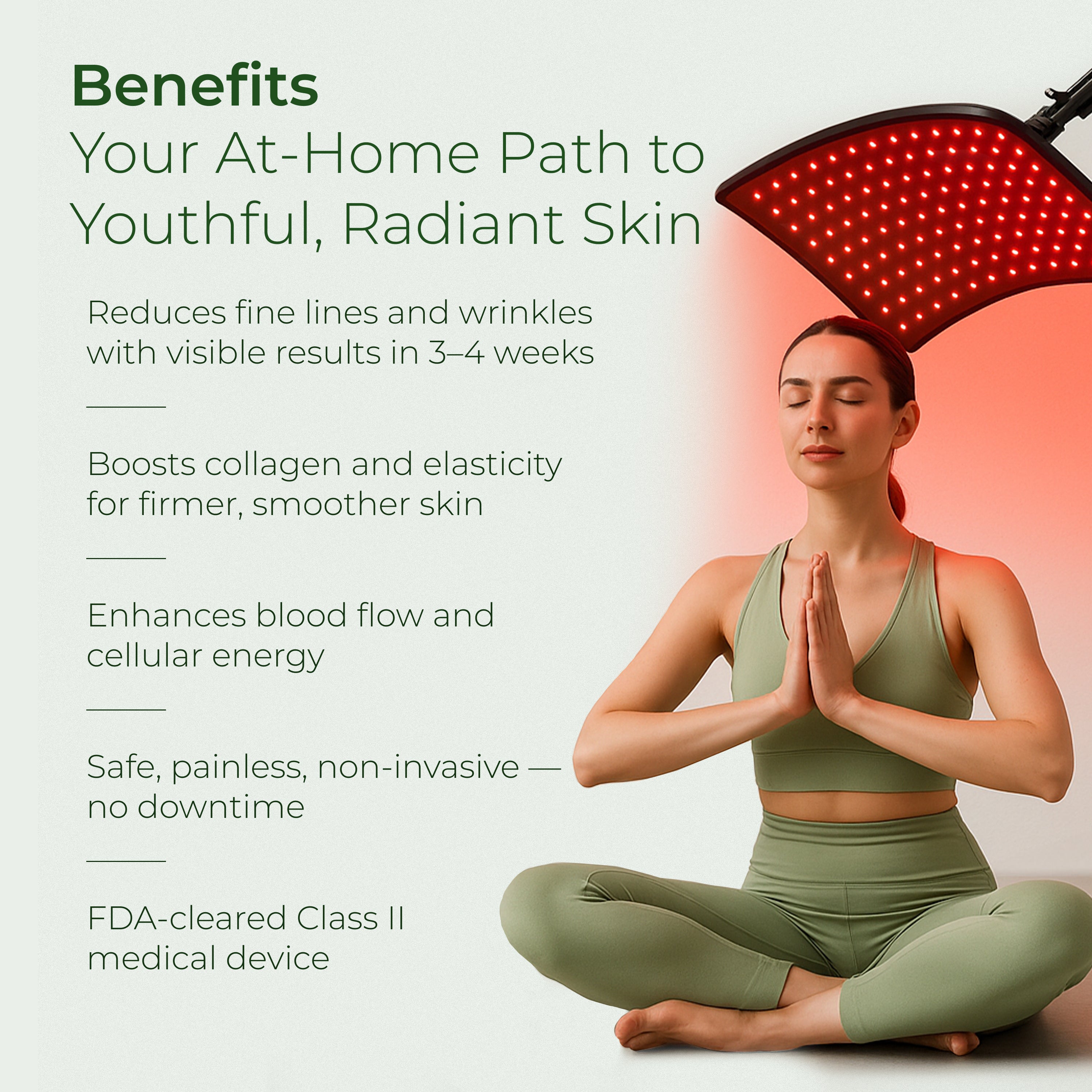
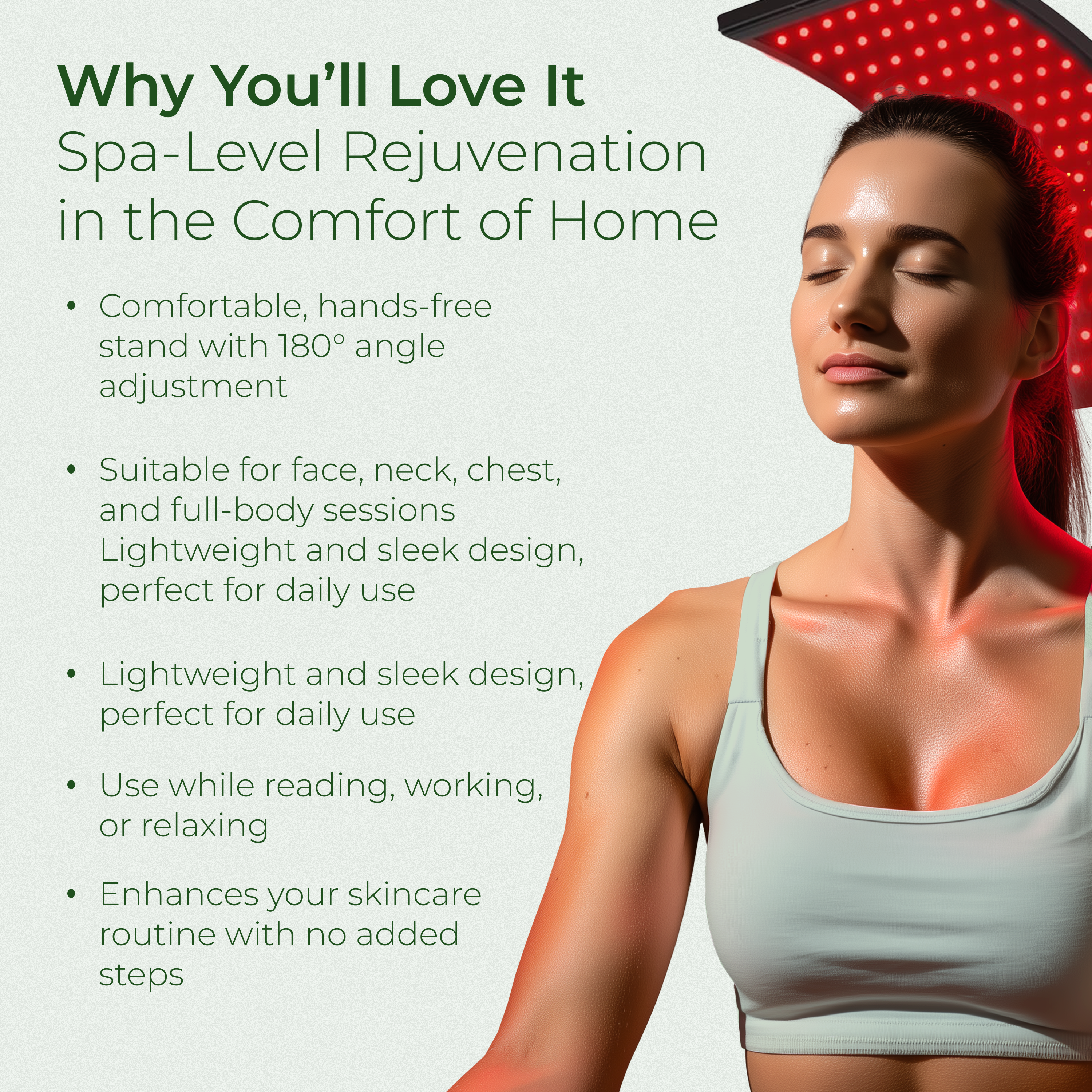
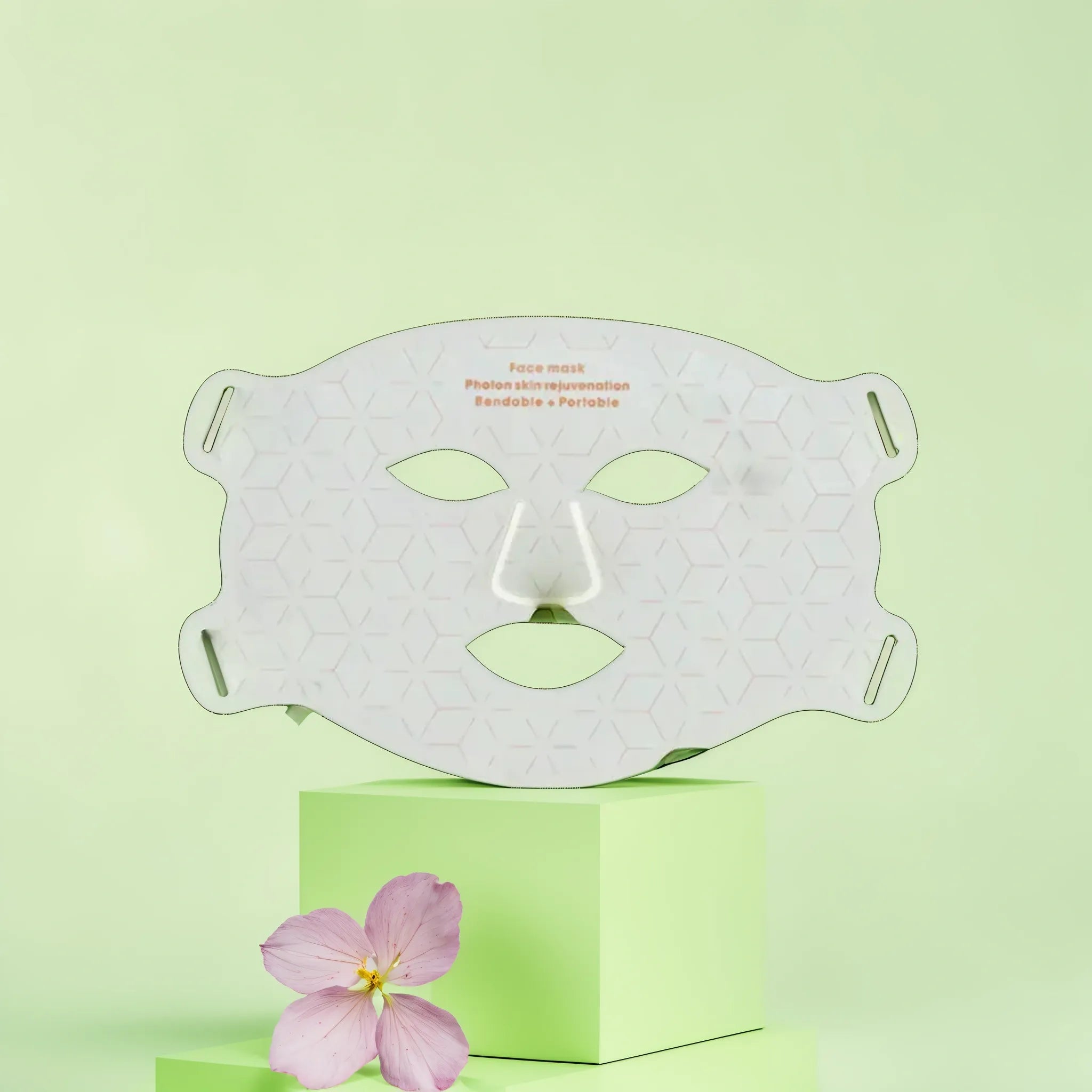
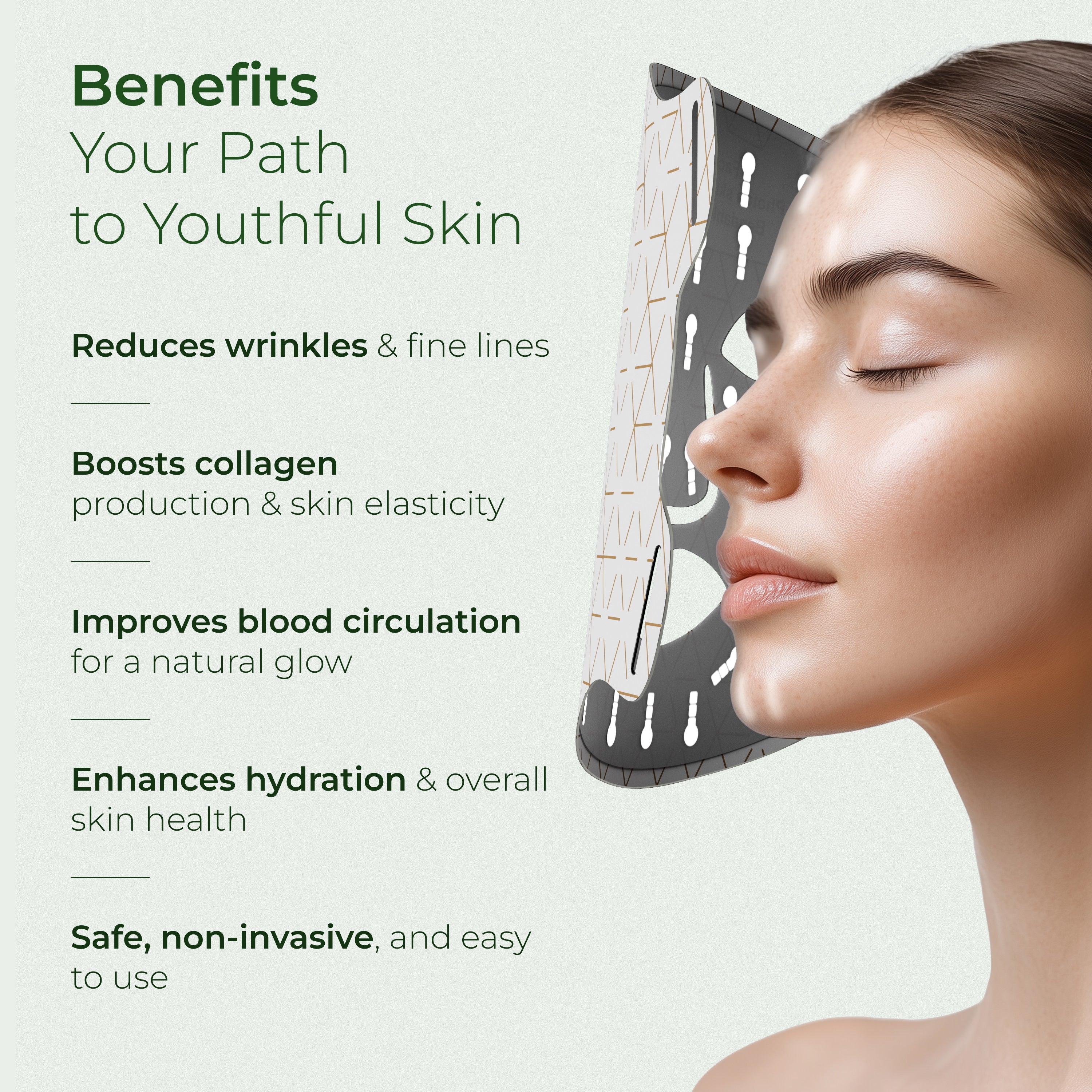


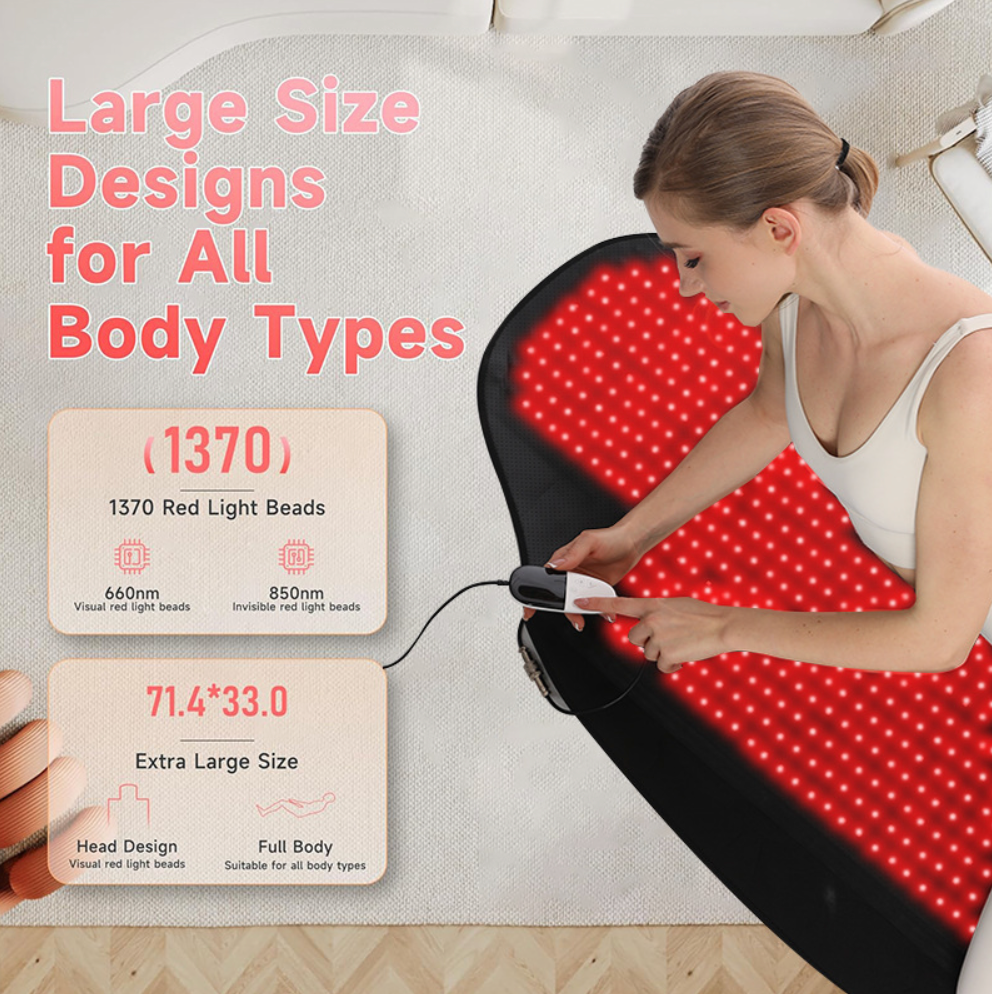
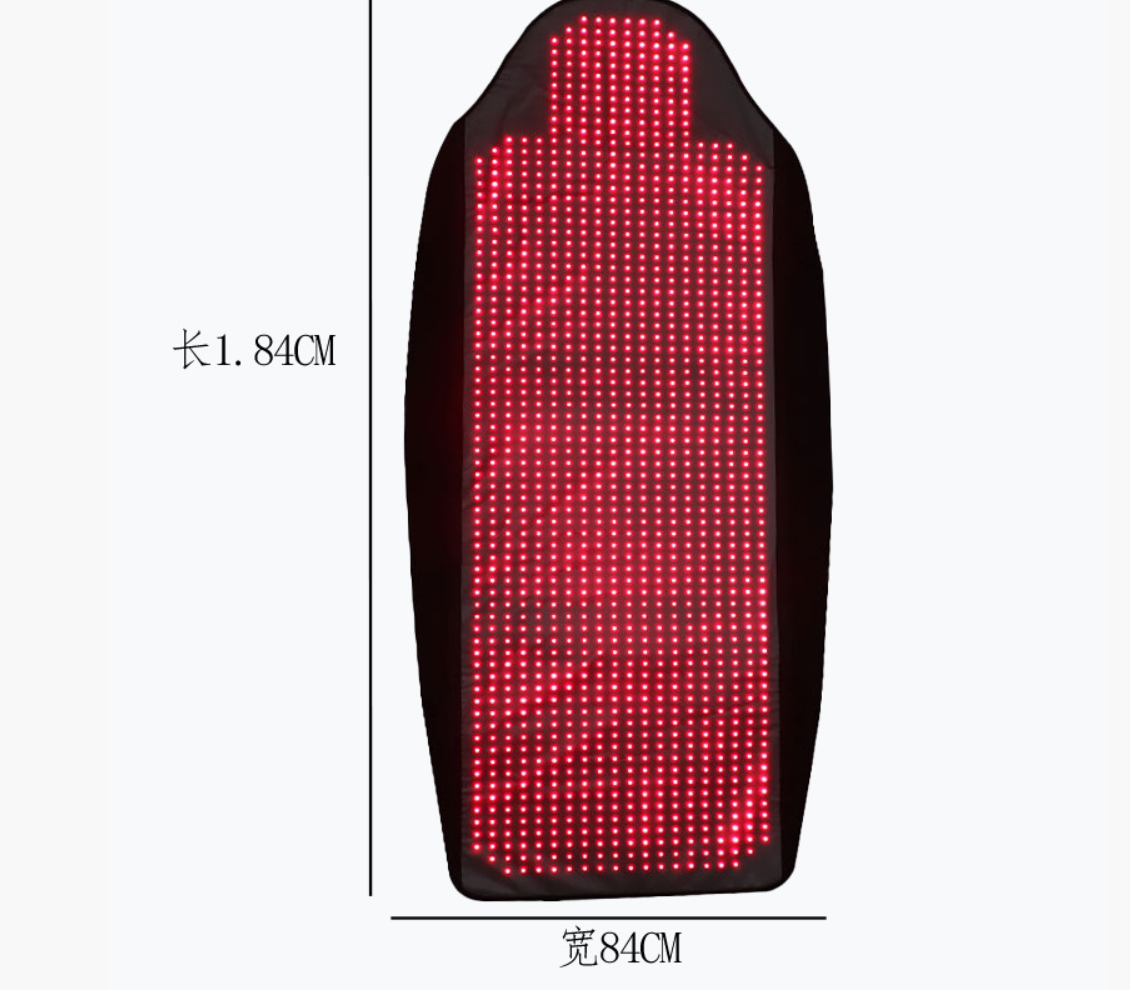
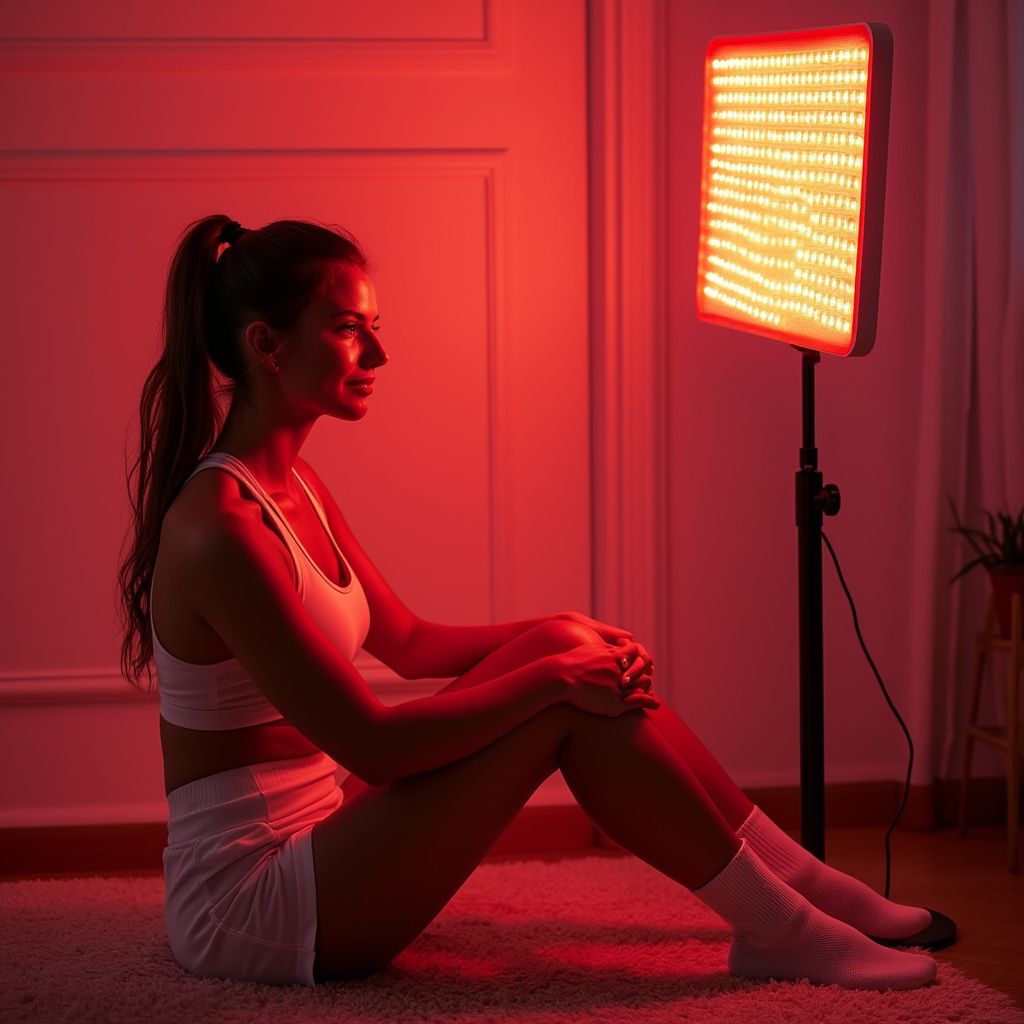
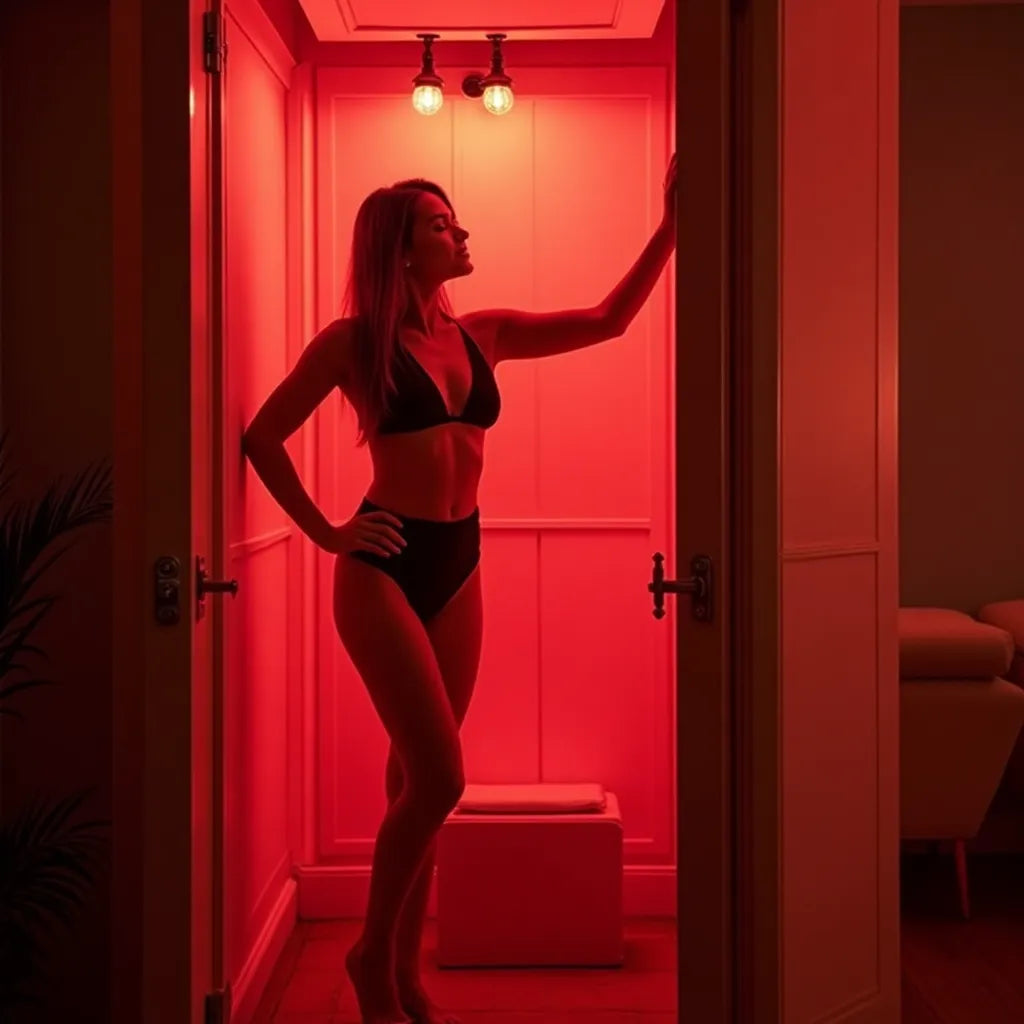

Dejar un comentario
Este sitio está protegido por hCaptcha y se aplican la Política de privacidad de hCaptcha y los Términos del servicio.